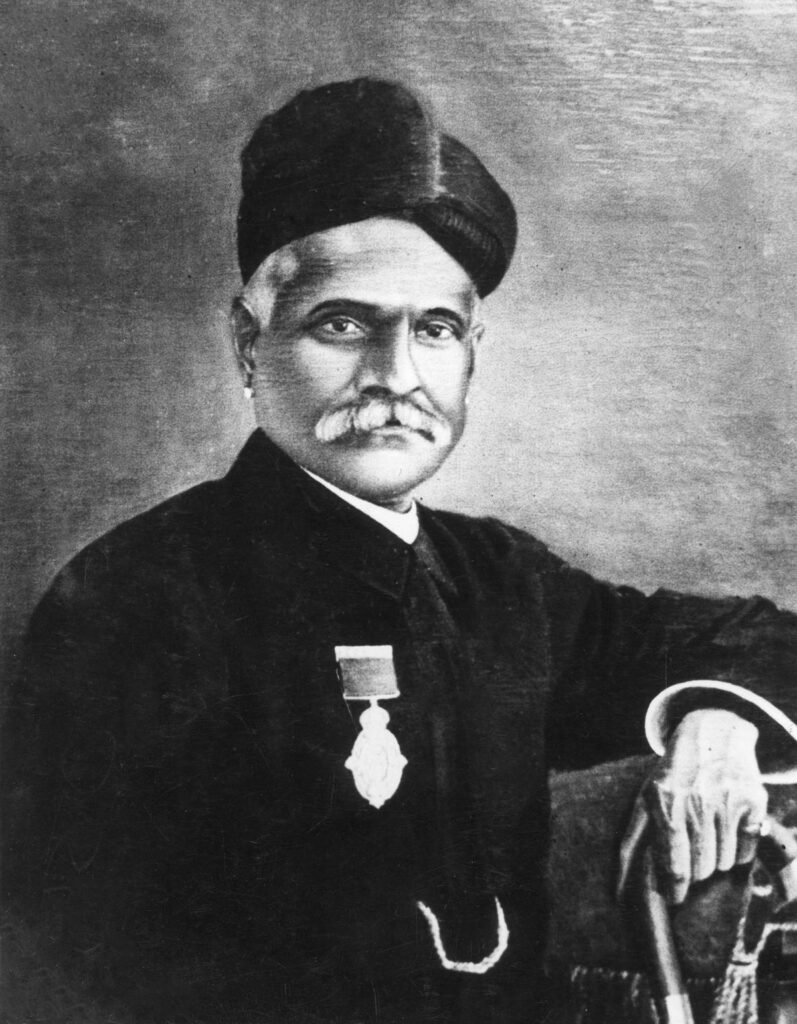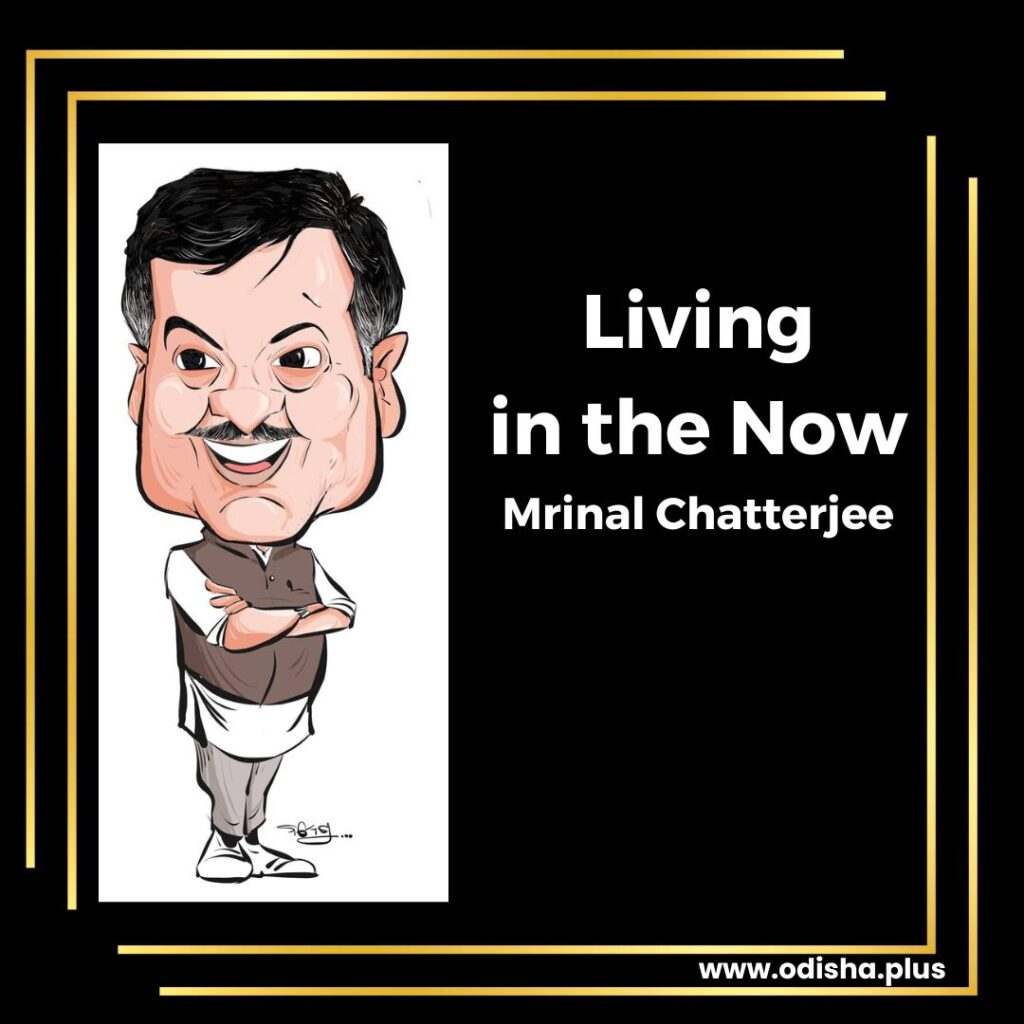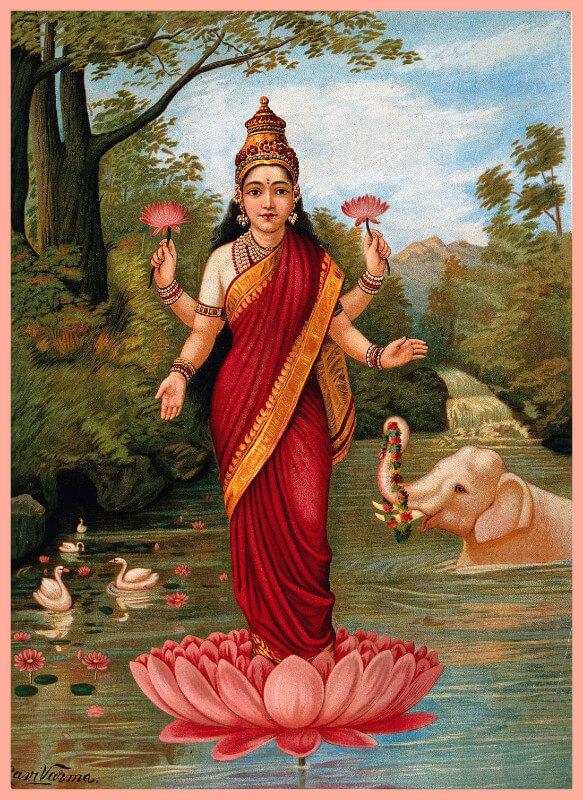Prof Mrinal Chatterjee
 Raja Ravi Varma (29 April 1848 – 2 October 1906), whose 175th birthday is celebrated this year, is considered as one of the pioneers of Indian Modern Art. However, he would be more remembered as a man who brought Gods to the home of ordinary men and women of modest means. Using self-taught European naturalism, he visually reinterpreted the Indian mythological characters, Gods and Goddesses to give them a ‘real’ look and feel. It is like bringing them from the unreachable lofty pedestal to the easy reach of common masses.
Raja Ravi Varma (29 April 1848 – 2 October 1906), whose 175th birthday is celebrated this year, is considered as one of the pioneers of Indian Modern Art. However, he would be more remembered as a man who brought Gods to the home of ordinary men and women of modest means. Using self-taught European naturalism, he visually reinterpreted the Indian mythological characters, Gods and Goddesses to give them a ‘real’ look and feel. It is like bringing them from the unreachable lofty pedestal to the easy reach of common masses.

Born on April 29, 1848, in Kilimanoor, village in the princely state of Travancore (now part of present-day Kerala, India), Raja Ravi Varma’s artistic journey began at a young age, with his talent for drawing and painting evident from an early age. He received formal artistic training under Rama Swami Naidu, a well-known painter of the time. Varma’s artistry soon caught the attention of the then-Maharaja of Travancore, Ayilyam Thirunal, who became his patron and supported his artistic endeavors.

One of Raja Ravi Varma’s significant contributions to the world of art was his unique style that combined Indian sensibilities with European techniques. He was among the first Indian artists to adopt oil painting as a medium, a technique he learned from the Dutch artist Theodore Jensen.
Varma’s works were known for their realistic portrayal of human figures and the use of bold colors, making his paintings distinctive and evocative. His compositions often depicted mythological and historical subjects, religious deities, and scenes from Indian epics, capturing the essence of Indian culture and mythology.
He also made efforts to make his paintings accessible to the common masses by printing them. He established a press in Bombay in the late 19th century and got many of his paintings of Gods, Goddesses and scenes from puranas printed. These lithographs made Varma’s art more accessible to the masses and popularized his works across different regions of India. His portrayal of gods and goddesses in these prints helped to redefine the visual representation of Hindu mythology and played a significant role in shaping the modern Indian visual culture.
Raja Ravi Varma’s artistic genius also extended beyond the realms of mythology and history. He was known for his portraits of royalty, nobility, and prominent personalities of his time, capturing their likeness with precision and artistic flair. Some of his notable portraits include those of the Maharaja of Travancore, the Maharaja of Mysore, and renowned poet Rabindranath Tagore. His portraits were highly sought after and adorned the walls of palaces, mansions, and art collectors’ homes.
He also made significant contributions to the field of printmaking and sculpture. His sculptures, though relatively fewer in number, were highly detailed and reflected his mastery over three-dimensional art forms. His prints and illustrations adorned various publications and book covers, adding a visual dimension to literary works.
Apart from his artistic achievements, Raja Ravi Varma was also a social reformer and visionary. He was an advocate for women’s education and fought against social evils like caste discrimination and child marriage. He believed that art could be a powerful tool for social change, and he used his art to convey messages of social relevance and cultural importance.
Anjali Shreekumar in her interesting paper titled ‘Nationalism through Raja Ravi Burma Paintings’ maps the contribution the paintings made in the rise and shaping of Indian nationalism.
Raja Ravi Burma also helped to usher in modernism in Indian art. As Ms Shreekumar writes, “His pan-Indian iconography, the use of depth and light for perhaps the first time in Indian art, his insistence on not being limited by geography as he travelled extensively to princely kingdoms and the outposts of Empire to seek commissions, providing in the bargain the stimulus that stirred the movement that would lead, inevitably, to the rise of Indian modernism.”
(The author is Regional Director Indian Institute of Mass Communication, IIMC Dhenkanal. Views are personal)
























